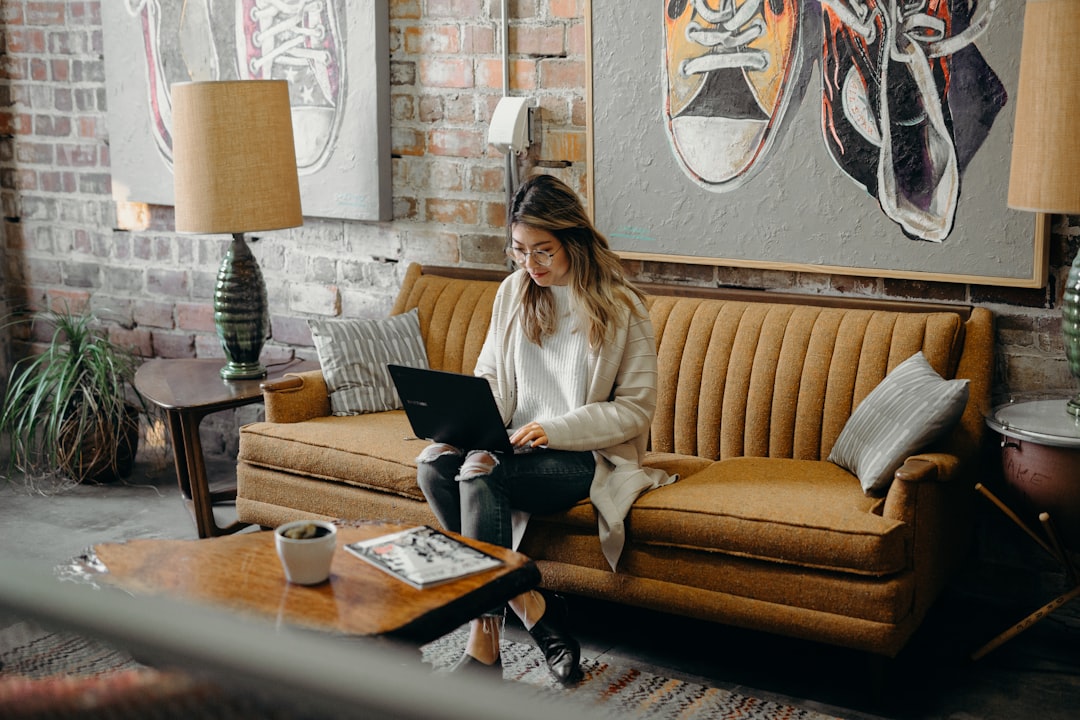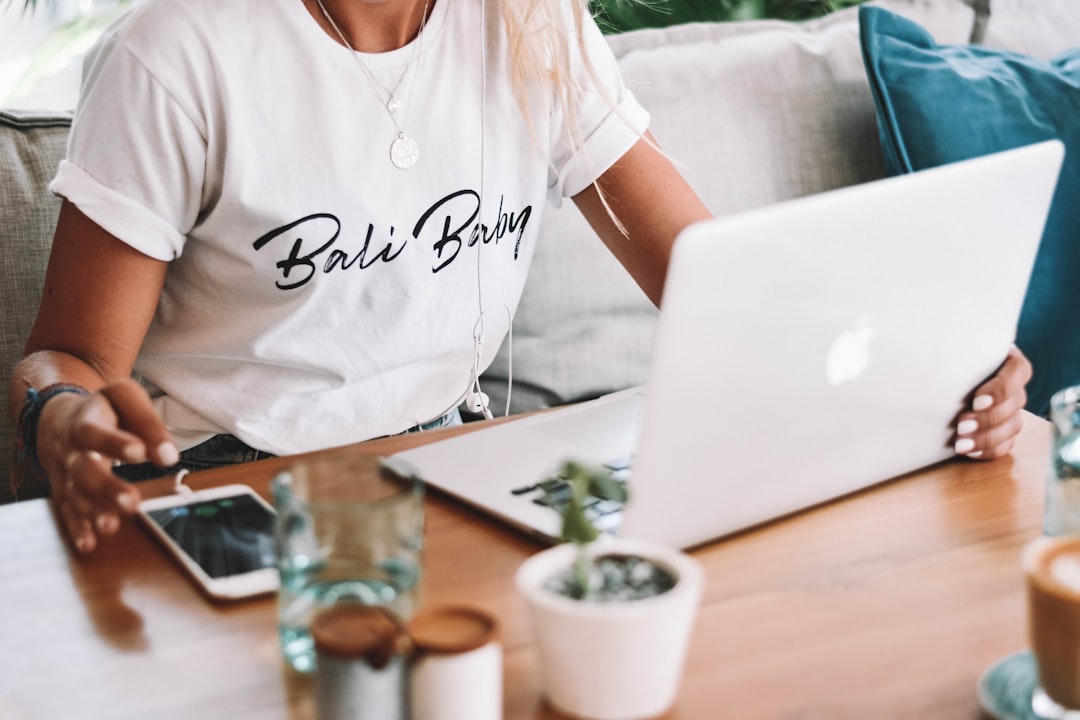Table of Contents
- Introduction
- Understanding User-Centric Design
- The Role of User Experience in Product Development
- User Personas and Their Importance
- How to Conduct User Research Effectively
- Incorporating User Feedback into Design
- Usability Testing: Methods and Best Practices
- The Impact of User Behavior on Marketing Strategies
- Future Trends in User Experience Design
- Conclusion
- Frequently Asked Questions
Introduction
In a world where technology evolves at the speed of light, one might wonder how users continually find ways to mold it in astonishing and improbable directions. Welcome to the age of user-driven innovation, where creativity and necessity drive transformative shifts in the tech landscape, reshaping it in ways previously unimaginable.
From the bedroom coders crafting applications that disrupt industries, to visionary artists repurposing tools for storytelling, the reach of technology’s potential has expanded exponentially, especially when placed in the hands of users willing to tinker and stretch boundaries. But how exactly have everyday users played a pivotal role in crafting these extraordinary innovations?
| User | Impact |
|---|---|
| Developers | Creating transformative apps |
| Artists | Innovating storytelling methods |
| Entrepreneurs | Driving business innovations |
Buckle up as we delve deeper into the secrets behind these unbelievable transformations driven by none other than the users themselves.
Understanding User-Centric Design
User-centric design is a pivotal approach in creating products and services that prioritize the needs, preferences, and limitations of the end-users. This methodology places the user at the heart of the design process, ensuring that each decision made benefits the overall user experience. It involves several strategic steps including user research, personas creation, prototyping, and usability testing.
Initially, user research seeks to understand the demographics, behaviors, and motivations of the target audience. Methods like surveys, interviews, and observation are commonly employed to gather these insights. Based on this research, personas are crafted, which are fictional yet realistic representations of the users, helping designers and stakeholders maintain focus on the users’ needs throughout the design process.
Prototyping allows designers to create tangible models of their concepts, which can be used to gather user feedback and make necessary iterations. Usability testing is critical in this cycle, as it examines the product’s ease of use and functionality from the user’s perspective. Through this iterative process, enhancements are continuously made until the product adequately serves its intended purpose.
Embracing user-centric design not only improves user satisfaction but also increases adoption rates and can lead to a successful product in competitive markets.
The Role of User Experience in Product Development
User experience (UX) plays a pivotal role in product development. It focuses on the end user’s interaction with a product, aiming to design products that offer meaningful and relevant experiences. This involves a deep understanding of users, including their needs, values, abilities, and limitations. A strong UX design can significantly enhance user satisfaction and contribute to the product’s overall success.
Incorporating UX in product development ensures that the product is user-centric, which can lead to increased customer loyalty and retention. This process involves various stages, such as user research, wireframing, prototyping, and usability testing. By involving users in the development process, companies can gather valuable feedback and make necessary adjustments to improve the product.
Moreover, a well-designed user experience can differentiate a product in a competitive market. It can drive brand loyalty as users are more likely to stay with a product that is intuitive and meets their needs. In today’s digital era, where users have countless alternatives, providing a seamless and enjoyable experience is crucial for any business looking to thrive.
User Personas and Their Importance
User personas are fictional characters created to represent different user types that might use a product or service in a similar way. They are key tools in user-centered design and marketing strategies, helping businesses understand their audiences on a deeper level. By embodying a range of potential customers, user personas allow companies to tailor their products, services, and messages to meet the specific needs and behaviors of their target audience.
The creation of user personas usually involves detailed research that includes interviews, surveys, and observations of potential users. The collected data is then used to form profiles that describe user behaviors, goals, and motivations. These profiles typically include demographic information, preferences, challenges, and scenarios that reflect how they would interact with the product or service.
Understanding user personas is crucial because it helps designers and marketers to humanize the user experience, ensuring that their strategies are aligned with what the users truly need and want. By considering the specific traits of their target users, companies can enhance user satisfaction and engagement, leading to better customer retention and loyalty. Ultimately, user personas serve as a guiding light in creating more effective and user-friendly products and services.
How to Conduct User Research Effectively
Conducting user research effectively is crucial for understanding the needs, preferences, and behaviors of your target audience. The first step is to define clear research objectives, ensuring that your goals align with the larger business or product strategy. Next, determine the most suitable research methods such as surveys, interviews, focus groups, or usability testing, depending on your objectives and resources.
Recruiting the right participants is essential; they should represent your actual or potential user base. Ensure diversity to gather a comprehensive set of insights. When preparing for research sessions, develop a structured guide or script with open-ended questions to encourage in-depth responses.
During the research process, it’s important to create a comfortable environment for participants to express their thoughts honestly. Take detailed notes and record sessions if possible for accurate data analysis. After collection, analyze the data systematically to identify patterns and insights, applying them to improve your product or service.
Communicate findings effectively with stakeholders through clear, actionable reports or presentations. Remember, user research should be an ongoing process, not a one-time event, to continually adapt to changing user expectations and market dynamics.
Incorporating User Feedback into Design
Incorporating user feedback into design is an essential element of creating successful products and services. Understanding the needs and preferences of your users can guide development and ensure that the final design is user-friendly and effective. Gathering feedback can be done through various methods such as surveys, interviews, focus groups, and usability testing. Once collected, the data should be analyzed to identify patterns and common issues. This insight allows designers to make informed decisions, prioritizing features that enhance the user experience.
Integrating user feedback into the design process creates a more responsive and adaptive product development cycle. Designers must remain open to criticism and be willing to iterate based on user responses. This approach not only leads to better design but also fosters a sense of collaboration between the designers and the users, ensuring that the end product resonates well with the target audience. Moreover, involving users in the design process can increase user satisfaction and loyalty, as they feel invested in a product that reflects their input.
By focusing on user-centered design principles, businesses can create more effective and successful products, ultimately leading to sustained user engagement and satisfaction.
Usability Testing: Methods and Best Practices
Usability testing is a critical component in the design and development process, aimed at evaluating how easily users can interact with a product. It involves real users performing tasks on the design, which helps identify usability issues before the final launch. There are several methods for conducting usability testing, each with its best practices. One popular method is remote usability testing, where users interact with the product in their own environment, providing real-world insights.
Another method is in-person usability testing, which offers immediate feedback and allows for more controlled observation of user behavior. It’s important to recruit participants who match the target demographic for accurate results. Best practices for usability testing include clear, unbiased, and concise tasks to avoid influencing the user’s actions. Always test on a range of devices and browsers to ensure compatibility.
Session recordings and user feedback are invaluable for the analysis phase. It’s also crucial to iterate on the findings swiftly. Engaging a diverse team in the testing process can provide varied perspectives, leading to a more robust design. Usability testing should be an ongoing process throughout the product lifecycle to continuously enhance user experience.
The Impact of User Behavior on Marketing Strategies
Understanding user behavior is crucial to developing effective marketing strategies. As consumers increasingly rely on digital platforms, their online interactions offer invaluable insights into preferences and buying patterns. Businesses can analyze these behaviors to tailor their marketing efforts more precisely.
One significant impact of user behavior is the personalization of marketing strategies. By tracking and analyzing data such as page visits, time spent on particular sites, and purchase histories, companies can customize advertisements and promotions to align with individual user preferences. This personalization enhances customer engagement and increases the likelihood of conversion.
Moreover, user behavior affects the timing and channels used for marketing. Analyzing data regarding when users are most active online can help businesses schedule their marketing campaigns for maximum visibility. Additionally, understanding which platforms are most popular among specific demographics allows brands to allocate resources effectively across various channels.
Social proof, influenced by user behavior, also plays a crucial role in shaping marketing strategies. Positive reviews and user-generated content can boost brand credibility and foster trust among potential customers. In essence, by leveraging insights derived from user behavior, businesses can craft marketing strategies that are not only targeted but also adaptable to changing consumer needs and trends.
Future Trends in User Experience Design
The future trends in User Experience (UX) design are rapidly evolving, driven by technological innovation and changing user expectations. One significant trend is the rise of immersive experiences through augmented reality (AR) and virtual reality (VR). These technologies are set to transform how users interact with digital content, offering more engaging and intuitive experiences.
Another crucial trend is the increased focus on accessibility and inclusivity. Designing for diverse user needs ensures that products and services are usable by everyone, including those with disabilities. This approach not only broadens audience reach but also enhances user satisfaction.
AI-driven personalization is also becoming a key aspect of UX design. By leveraging machine learning algorithms, designers can create customized experiences that adapt to individual user preferences and behaviors, enhancing engagement and retention.
Additionally, minimalist and content-focused designs are likely to remain popular. Users prefer clean interfaces that prioritize essential information, reducing cognitive load and enhancing usability.
Finally, the continued integration of voice user interfaces (VUIs) is expected as voice-activated devices become more common. These interfaces offer users hands-free interaction, making technology more accessible and convenient. Embracing these trends is essential for businesses aiming to stay competitive in the ever-evolving digital landscape.
Conclusion
As we conclude our exploration of how users have remarkably transformed technology, it’s evident that the user-centric approach has become a cornerstone of successful product development. By placing users at the forefront, businesses can harness insights from user behavior and preferences to craft intuitive and engaging experiences. This user-driven transformation not only fuels innovation in design and technology but also shapes the future of marketing strategies and product offerings.
From understanding user personas to conducting comprehensive user research and incorporating feedback, each step in the user experience design process underscores the importance of focusing on the end-user. The rise of trends like augmented and virtual reality, AI-driven personalization, and the integration of voice user interfaces marks the beginning of a new era where user input is invaluable.
In essence, fostering a profound connection with users by emphasizing their needs, behaviors, and feedback can lead to enhanced satisfaction and loyalty. This ongoing cycle of engagement and adaptation ensures that businesses remain agile and competitive in today’s dynamic digital landscape. Ultimately, embracing user-centric principles holds the key to unlocking technological innovations that resonate powerfully with audiences worldwide.

















